|
A gaggle of Barnacle Geese on Anglesey’s Dulas estuary at the weekend included three wearing engraved coloured leg rings. More petite than the Canada Geese that have lived in North Wales for more than a century, wild Barnacle Geese breed on rocky outcrops on the tundra of Greenland, Svalbard and Russia. Those from western populations winter on the Solway Firth, although until the 1870s they were said to have wintered on the Dee estuary in their thousands. The soft calls of a flock of Barnacle Geese is one of my favourite winter sounds, recalling cold, frosty days on the Scottish border.
So, from where had this trio originated? The answer was somewhat less remote. These had been ringed on Derwentwater and Ullswater in Cumbria earlier this year as part of a project to track the growing naturalised population of the species. In the coming weeks it’s likely that more will drop onto the North Wales coast and rivers before resuming their journey south. Many will spend winter on the Dyfi estuary, where numbers have grown from a handful in the early 1990s to more than 600 in recent years. The organisers are appealing to birdwatchers in North Wales to report colour-ringed Barnacle Gesee to their website, which will generate a history of other sightings of that bird. The Dulas estuary also hosted a Curlew Sandpiper, with another on the Cefni estuary along with a Little Stint and an Avocet. RSPB Conwy’s lagoons had a busy weekend, with a Black Tern, Little Stint, Garganey, Spotted Redshank, Knot, Pintails and a couple of Ruffs. Little Stints have also been at Llyn Trawsfynydd and on Anglesey's Inland Sea. An easterly airflow last Wednesday brought three Wrynecks to Bardsey, probable Melodious Warblers on the Great Orme and Holyhead, and two Cranes dropped into RSPB Cors Ddyga overnight.
0 Comments
A major review of crimes against wild birds in Wales has shown a welcome reduction in cases of eggs and chicks being taken from nests of birds of prey over the last 20 years. The number of clutches taken by egg-collectors has fallen by almost 99% since the end of the 1990s, coinciding with the introduction of custodial sentences for offenders. Red Kites and Peregrines had been particularly targeted, but Chough eggs in North Wales were also taken: there were 28 known nest thefts in 1990-99 and 11 in 2000-08, but thankfully none reported since.
The review, using data collected by the RSPB over the last 30 years, was published in the Welsh Ornithological Society’s journal this week. It also showed a fall in the number of eggs and chicks stolen for illegal falconry, although incidents still occur, believed to be associated with falcon-racing in the Middle East. However, the number of confirmed incidents of illegal shooting, trapping and poisoning of raptors has not fallen in the last 20 years, and poisoning has actually increased. Given that laying poison baits in the open has been illegal for 110 years, that’s worrying news. The report also found that the probability of raptor persecution was three times higher in areas where driven shooting of gamebirds was sold. An easterly airflow brought a couple of Melodious Warblers and Pied Flycatchers to Bardsey, and a Honey Buzzard over the A55 at Bangor on Monday. A small fall of migrants at RSPB South Stack on Friday included Whitethroats and Spotted Flycatchers, with more flycatchers at Cemlyn and on the Great Orme. An adult Rose-coloured Starling remains in Nefyn, a Little Gull was seen briefly at Amlwch, Spoonbill at Penrhos coastal park near Holyhead and a Wood Sandpiper has been at RSPB Cors Ddyga all week. This almost white Swallow stopped Anglesey farmer Phillip Siddall in his tracks while checking his cattle on a drizzly evening near Newborough last week (11 August). Almost unable to believe his eyes, he called on local birdwatcher Michael Thackeray, who took some photographs as it swooped over the pasture with other Swallows and House Martins.
Most birdwatchers know about leucism, the term for a genetic mutation that inhibits the dark melanin pigments from being deposited in the feathers, but that is the limit of knowledge for most of us. I sought the advice of Aurora Tarodo, an ornithologist studying for a PhD at the University of Gloucestershire, who has studied colour pigment aberrations in wild birds. “What an amazing bird!” she said, “it’s the first time that I have seen this mutation in a Swallow”. “I’d call this non-phaeomelanin schizochroism,” explained Aurora. The bird is lacking phaeomelanin, the body’s chemical that provides reddish colours. Feathers that are usually black, dark blue or red grow as white, or sometimes shades of grey as on the head and rump of this Swallow. The short tail-streamers suggests that it hatched this year, perhaps locally, but it will soon be on its way to spend winter in Africa. It’s impossible to know whether the genetic mutation was passed from its parents to a whole brood or was spontaneous in this individual. Other sightings at the weekend include a scarce Melodious Warbler at Port Meudwy and a Wood Sandpiper at RSPB Cors Ddyga, while up to 77 Mediterranean Gulls have been on Anglesey’s Alaw estuary. Eight Spotted Redshanks are at Connah’s Quay nature reserve and RSPB Conwy hosted two Ruddy Shelducks and an Osprey on the ground beside the lagoon. Strong winds on Monday brought Great and Arctic Skuas around the coast, and Balearic Shearwaters past Point Lynas and RSPB South Stack. UPDATE: Remarkably, within a week of publishing the photograph from Newborough, two more 'White' Swallows were brought to my attention. On Saturday 14 August, a photo of one was posted on a Facebook group in Ireland, seen in Ballinamore, Co. Leitrim, and on Friday 20 August, one was photographed by North Wales birder Marc Hughes while visiting Spurn, East Yorkshire. It is very tempting to believe that all three could have come from the same source to the north, perhaps in Scotland - but we will never know. Click on the thumbnails below to see the images. I have spent several mornings recently carefully scanning the flock of Sandwich Terns at Rhos Point, looking for legs that carry engraved colour-rings. With a few other tern-watchers along the North Wales coast, we have recorded more than 250 different birds so far this autumn and since at least 4000 Sandwich Terns are roosting across Liverpool Bay at Formby Point, along with the Elegant Tern that summered at Cemlyn, we may have some busy mornings yet to come. Each day has brought more waders to the seaweed-covered beach, perhaps their first landfall since leaving Svalbard or Iceland after the breeding season. Some will have begun their journey even farther away, such as the Bar-tailed Godwits that may have originated in Siberia or the Turnstones from Greenland or Arctic Canada.
It is always a joy to watch Turnstones, the adult males still in their smart plumage of orange and black. The English name accurately describes their feeding behaviour, turning over pebbles and seaweed in search of invertebrates that sustain them on migration to West Africa or through a European winter. Some Canadian-breeding Turnstones arrive in North Wales via Scandinavia, such as one ringed in Sweden in 1983 that was seen at Rhos Point in three successive winters. Seaweed is a complex mosaic of microclimates, and the invertebrate food available to shorebirds increases as the wrack decays. Stacks of seaweed also provide shelter and warmth for the birds, providing they are not disturbed by walkers, so the beds along the North Wales coast really can be a life-saver for these birds on their long-distance journeys. To read more about the value of seaweed for waders, have a read of this WaderTales blog. Other waders in North Wales this week include a Pectoral Sandpiper at RSPB Burton Mere Wetlands, up to four Spotted Redshanks at RSPB Conwy and eight at Connah’s Quay nature reserve, with Whimbrels and Greenshanks scattered along the coast. Burton Mere Wetlands, one of the excellent RSPB nature reserves on the Dee Estuary, hosted a new breeding species for North Wales this summer, when a pair of Pintails reared a brood on the Flintshire part of the reserve. Only a handful of breeding records of this resplendent duck have been confirmed in Wales, all in the southwest, although nesting was suspected on Anglesey in 2004. The Dee is an important refuge for thousands of Pintails arriving from Iceland and northeast Europe each winter, but a breeding record there was unexpected.
The latest Dee Estuary Birding Newsletter also reports a pair of nesting Bitterns, 60 pairs of Avocets, at least two pairs of Bearded Tits and 10 young Great White Egrets that fledged from three nests at Burton Mere, and two pairs of Cattle Egrets attempted to breed. On the saltmarsh, 56 pairs of Redshank and 89 pairs of Lapwing nested, while there were six pairs of Mediterranean Gulls and four Marsh Harrier nests on the upper estuary. After four weeks at North Wales Wildlife Trust’s Cemlyn reserve, the Elegant Tern crossed Liverpool Bay to roost at Lancashire’s Formby Point, but there is every chance that it will visit North Wales again before it heads south with other terns in a few weeks. Colour-ringed Sandwich Terns spotted along the north coast this week originated from around the Irish Sea, including sites in Ireland, Cumbria and Wales, as well as several from farther away in Aberdeenshire and The Netherlands. A Pacific Golden Plover was a great find at Malltraeth for a couple of days last week, only the second Welsh record, as was a Long-billed Dowitcher at Burton Mere. Other highlights over the weekend included a Spotted Redshank at RSPB Conwy and Hooded Crows at Mynachdy and South Stack. |
Bird notesA weekly update of bird sightings and news from North Wales, published in The Daily Post every Thursday. Archives
July 2024
Categories |

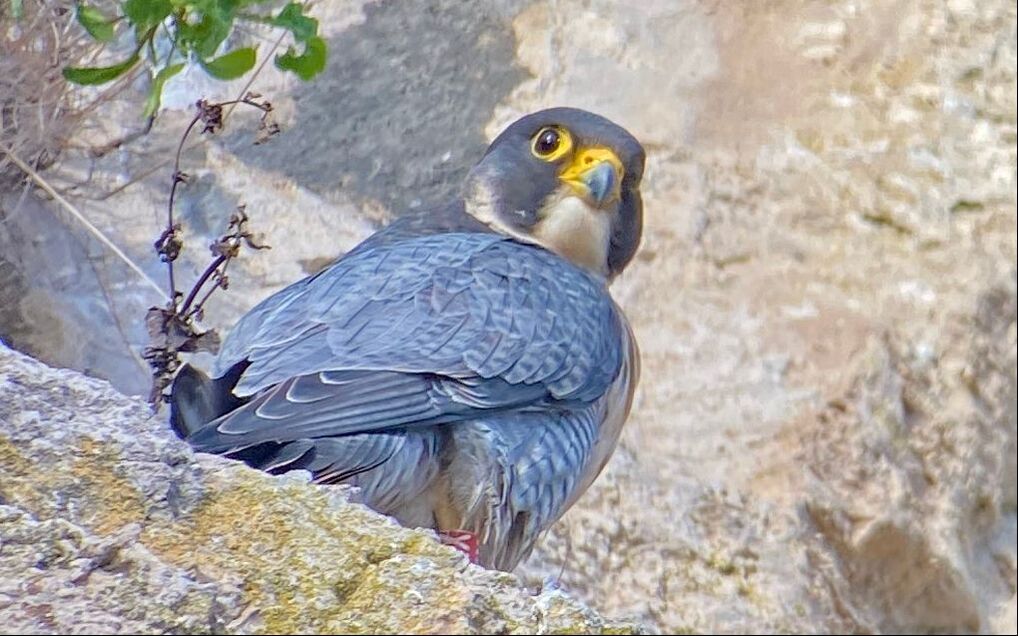
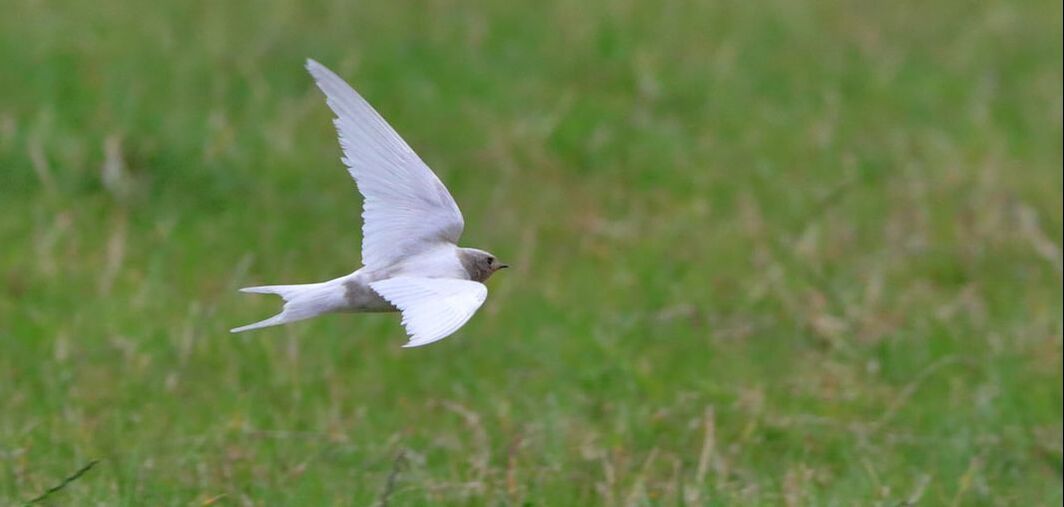
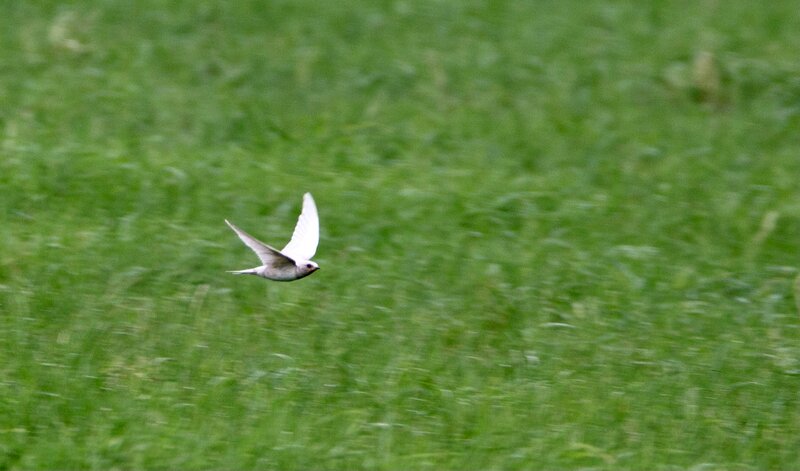

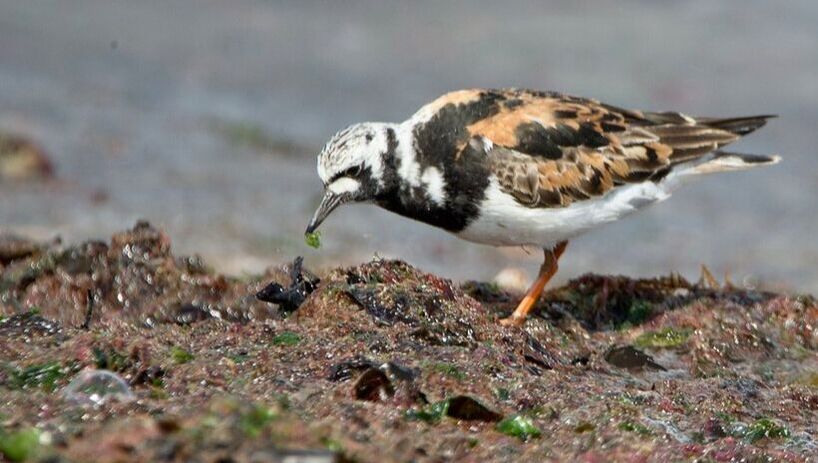
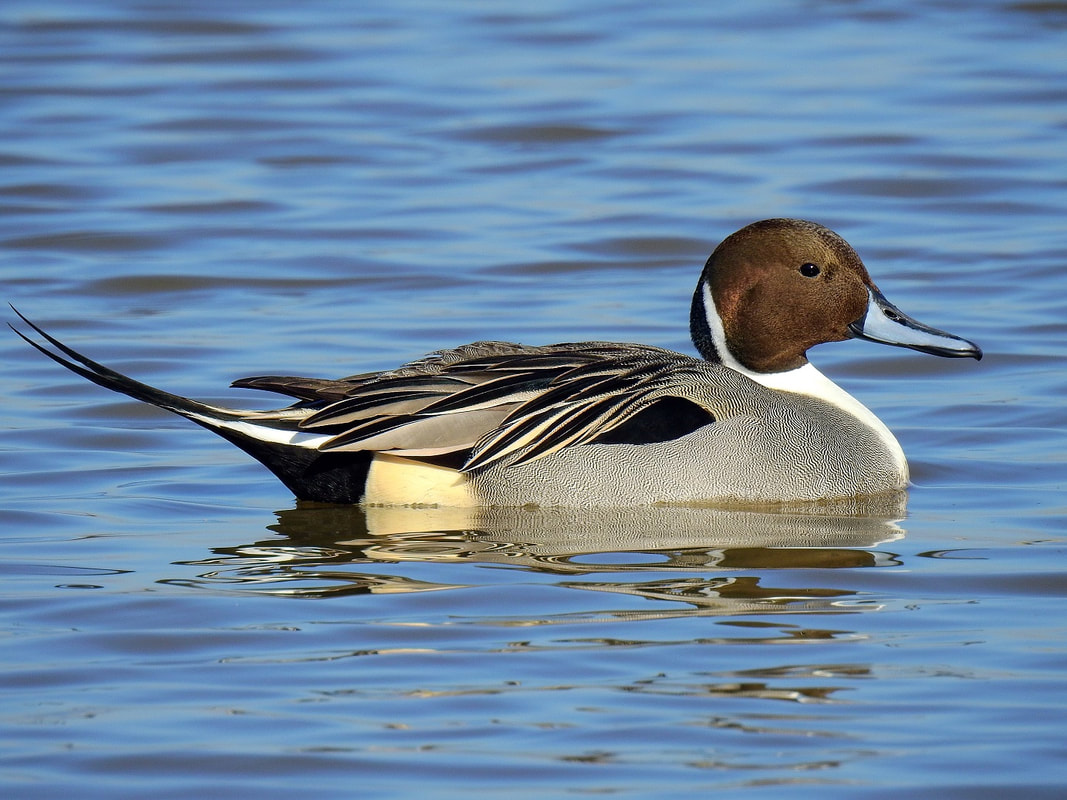
 RSS Feed
RSS Feed
